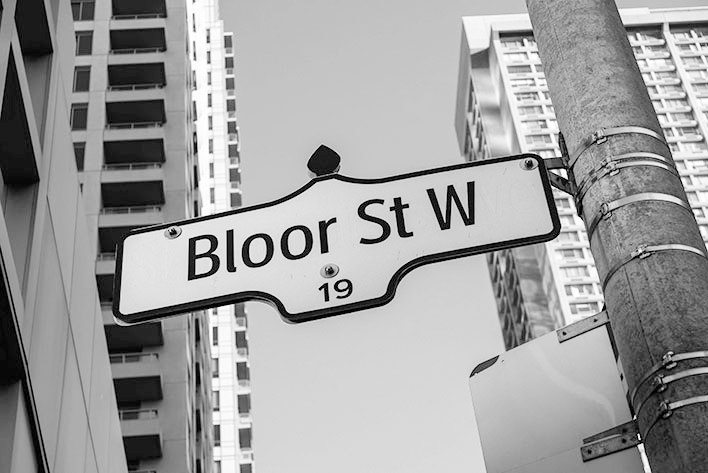Written by: Megan Smith / Communication Coaching / August 12, 2020 / 8 minutes read

Confidence and communication are inextricably linked. When we feel nervous and stressed, we often enter fight-or-flight mode. Once in this state, we are limited in our capacity to engage in complex cognitive functions (such as communicating at a high level). Confidence is one tool that we can use to prevent that reaction, and keep our head firmly planted on our shoulders during the moments when we need to function at our absolute best.
Thus, we need to answer an important question:
How can we create confidence?
How an emotional response (and the physical responses that come with them) works is only partially understood. There are multiple theories as to where an emotional response begins, including:
-
We experience something in our environments that causes a physiological response, think about that physical response, and then have an emotional response (cognitive appraisal theories);
-
Our bodies react to an experience, then we interpret that physical reaction as an emotional one (the James-Lange Theory);
-
Physical and emotional reactions to our experiences happen simultaneously, but occur by different processes and therefore neither causes the other (the Cannon-Bard Theory);
-
Our emotions are encoded in our memories, and experiencing an event activates those memories, bringing that emotion into focus (Network Theories);
-
Our emotions are written by our genetic code into our neural pathways, as we have evolved to be sensitive to different types of threats that should elicit different reactions. When a situation meets the criteria for activation, an emotion is elicited (affect program theory);
-
…and even more!
There is no clear consensus on the “best” theory, or even type of theory, about what generates our emotions. However, the common layperson’s theory (“I have an emotion, and then my body reacts to it”) is represented by only one of the above types of theories! Some people, including social psychology researchers like Amy Cuddy, have interpreted from many of these theories that we can take advantage of the fact that the causation of emotions is unclear and indirect, to manipulate our emotional status deliberately to suit our needs.
Confidence is one tool that we can use to prevent that reaction, and keep our head firmly planted on our shoulders during the moments when we need to function at our absolute best.
In 2010, Cuddy, Carney, and Yap published their study of power posing. Participants in the study held postures associated with powerful or dominant feelings (such as the “superwoman” pose, standing tall, with the chest out, feet apart, and hands on hips). After several minutes of holding this posture, they noticed:
-
Participants felt more powerful – the posture had changed their emotional state;
-
Participants were more open to taking risks – the posture had changed their behaviour; and,
-
Participants had reduced quantities of cortisol, a hormone associated with stress – the posture had changed their hormonal balance!
In the years since 2010, the latter two of these three results have been contested (see Ranehill et al., 2015). It appeared that power posing alone could not change our hormonal balance, and did not change our risk tolerance. The first result, that participants could increase their feelings of power, was not contested – power posing was reaffirmed as a confidence-building tool.
How can I use power posing to make my life better?
-
Know the limits: power posing isn’t a life-altering strategy. What it will do is inspire feelings of confidence when you need them. What it will not do is change your personality, or give you communication skills that you have never been able to master before.
-
Make moments to use it: before a job interview, important presentation, meeting, (or maybe even a confrontation with your father), find a pose and a space. This could include taking a quick trip to the washroom before an important meeting, or arriving in the room early, to give yourself time to hold the chosen pose.
-
Cheat to match the situation: if you need to be present and seated before your turn to give a talk, find a seated power pose to use. If you cannot find any space or time before your meeting, give the talk itself from that confident position.
To learn more about power posing, see Amy Cuddy’s TED Talk: https://www.ted.com/talks/amy_cuddy_your_body_language_may_shape_who_you_are?language=en
To work with a speech-language pathologist on communication (and emotion regulation) skills for high-powered communication settings, schedule an initial consultation with one of our clinicians.
To book an appointment with us, you can use our online booking system, call in to speak with us, or use the chatbox on our website.











